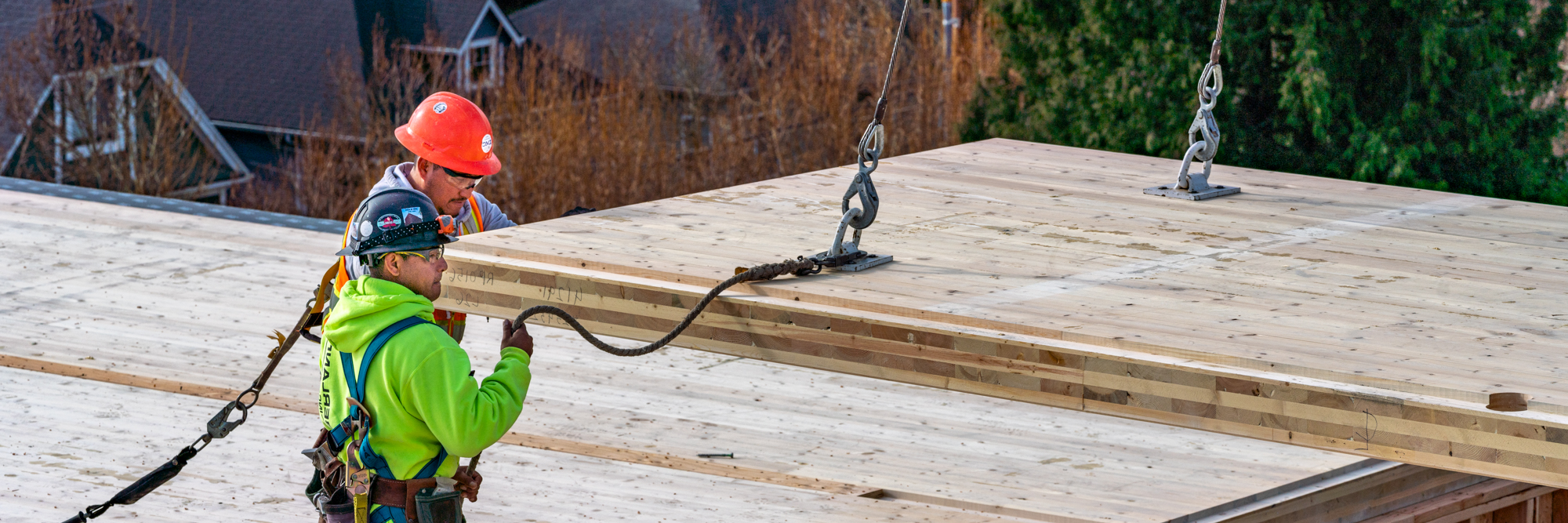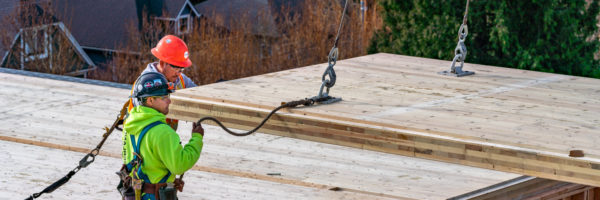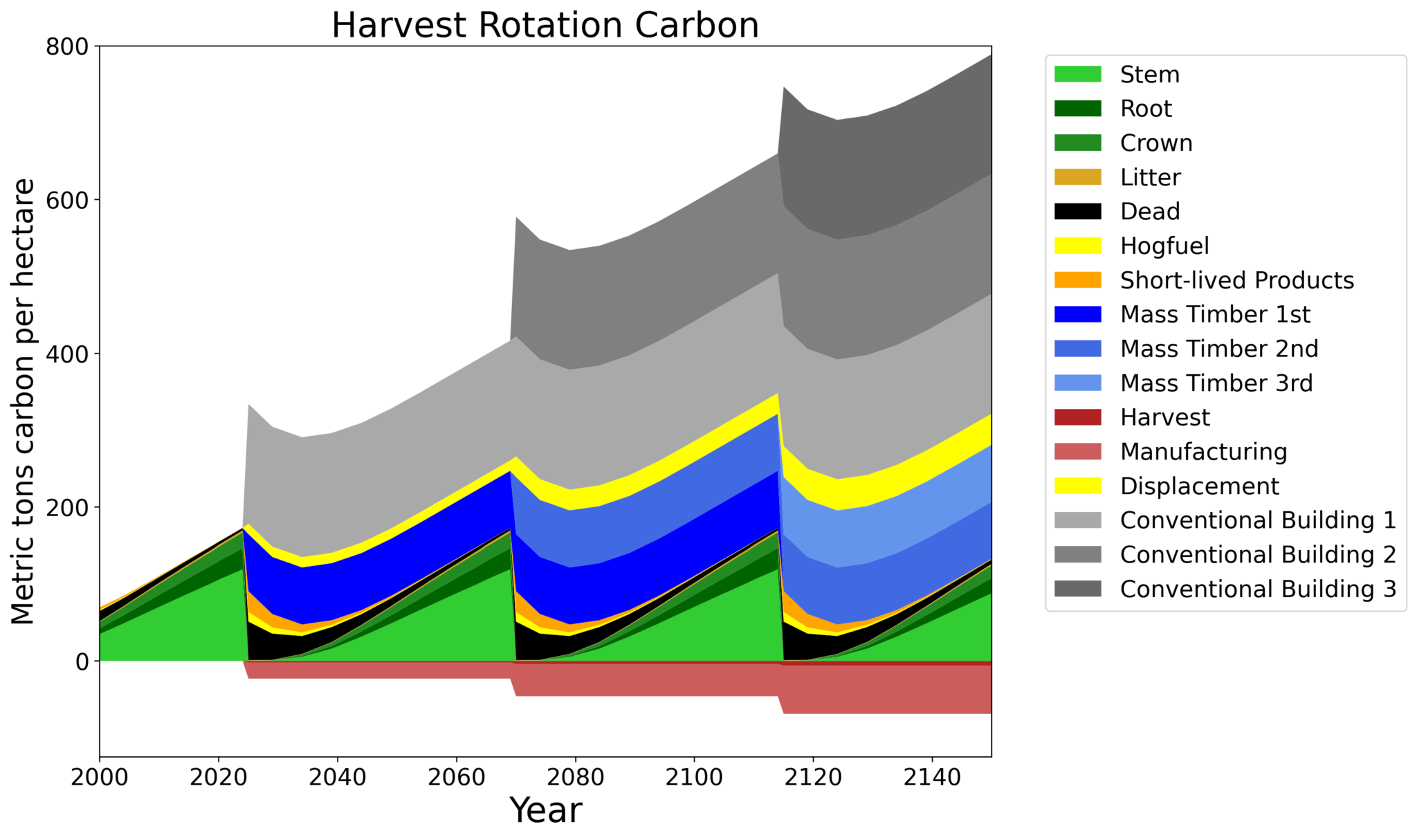

Home
Mass Timber Rising
Sustainable Forests
Tall Wood – Low Carbon
Fuels to Frame
About
A Future Built of Wood
Forest and Wood Products as Climate Mitigation
Dr. Elaine Oneil explains how sustainable forests and long-lived wood products integrate to form a powerful climate mitigation strategy.
Elaine Oneil audio transcript. Interview recorded in Chehalis, WA on June 30, 2021 and edited for clarity.
I want to talk to you about why forests and wood products are a critical part of the climate mitigation strategy. Yeah, you can grow forests and just leave them grow. And there is some benefit to that. That’s this idea of trillion trees, the global Trillion Tree Initiative, plant more trees. Everything is wonderful, but there’s actually some significant co-benefits from planting trees, managing them sustainably for wood products, and then using those products in place of fossil-intensive fuels. And I have three slides here that I think will clarify that for you.
So imagine this is a forest. This one happens to be in the Pacific Northwest. This is a single acre. Remember on the landscape, it’s going to be a stable amount. It’s not going to be jaggedy like this up and down. But this single acre we’re going to grow it, we’re going to harvest it, we’re going to grow it again, we’re going to harvest it. So it looks jaggedy like a sawtooth, a sawtooth pattern.
Obviously, when you harvest round things and make square things like two by fours, you have leftovers and you also have residues left in the forest, but they decay over time. So they’re part of this renewability cycle in a forest, but you’ll have this predictable amount of standing inventory in trees. It goes into wood products. Some of them don’t last very long, like paper for example, or if you burn things for energy, obviously it gets emitted back into the atmosphere. You have to count for that. But most of it goes into long-life products like lumber. Most of our wood products are used in things like housing. And that’ll last anywhere from 45, 90, 150 years. It’ll last a long time.
And so in our chart, in the blue, we say, okay, this is where that wood product goes and this is it’s estimated lifespan. You can vary that a little bit. But of course it takes energy to do it. That’s everything below the line. You have emissions associated with any kind of harvesting operations, trucking that material, running it through the manufacturing process. There’s emissions associated with that and you have to account for them. Pretty small relative to the carbon benefit both in the products and in the wood, but it’s here.
Now, this constitutes the entirety of the renewable cycle.
Now, here’s the real kicker. There is an aspect of this that is permanent climate mitigation. It’s when you make the decision to build with wood instead of other material that takes a lot of fossil fuel energy to produce. And that’s because once you pump oil or natural gas out of the ground, it’s a one-way flow. That’s not to say that you shouldn’t be using concrete and steel. Our buildings are made of everything, but there are places where you can make this really significant climate mitigation benefit by using wood in place of fossil-intensive materials like steel and concrete.
Once you make that decision to build with wood, it’s permanent. You’re permanently displacing that fossil fuel for that building. If you make an alternate choice, then it’s a permanent emission. And so that increases over time. It never decays this benefit over time, which is shown up in gray. And each one of these is… For the next rotation, that’s your increase. And for the third rotation I’m using here, there’s your increase there. So the important thing of that is that it’s permanent in that it is no longer in the forest sector. It’s in the built environment sector. It’s the architects, the engineers, the designers that make the choices that drive this.
A Future Built of Wood
Previous


